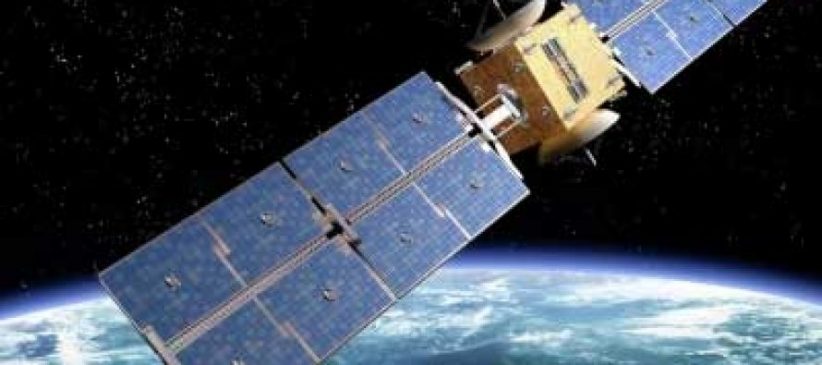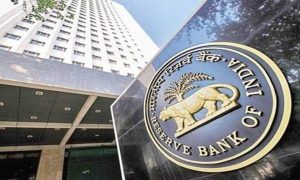The Supreme Court has upheld the liquidation of Devas, whose foreign investors continue to fight for compensation following the cancelled 2005 satellite deal with Antrix. A look at the deal, and the ripples from the scrapping.
A 2005 satellite deal between Antrix Corporation — the commercial arm of the Indian Space Research Organisation (ISRO) – and Devas Multimedia Pvt Ltd, a start-up headquartered in Bengaluru, is at the heart of a global legal tussle between the Indian government and foreign investors in Devas. The tussle is a fallout of the cancellation of the deal in 2011 by the then UPA government citing requirement of satellite spectrum allotted to Devas for security purposes.
On Monday, the Supreme Court upheld a May 25, 2021 order of the National Company Law Tribunal (NCLT) to liquidate Devas on the ground that the firm was created under fraudulent circumstances. The order came even as three Mauritius-based investors and a German telecom major have approached federal courts in the United States to seize assets linked to the Indian government such as those of Air India. The investors have won separate compensation awards in international tribunals, including $1.2 billion awarded by an International Chamber of Commerce (ICC) tribunal on September 14, 2015. The Supreme Court has kept the $1.2 billion award in abeyance.
What was the Devas-Antrix deal?
They signed an “Agreement for the Lease of Space Segment Capacity on ISRO/Antrix S-band spacecraft by Devas Multimedia Pvt Ltd” on January 28, 2005, a month after Devas was incorporated in Bengaluru in December 2004 by two former ISRO employees. Under the deal, ISRO would lease to Devas two communication satellites (GSAT-6 and 6A) for 12 years for Rs 167 crore. Devas would provide multimedia services to mobile platforms in India using S-band transponders on the satellites, with ISRO leasing 70 MHz of S-band spectrum.
The deal progressed smoothly for six years before it was annulled by the UPA government on February 25, 2011, following a Cabinet Committee on Security decision of February 17 to terminate the agreement to use the S-band for security purposes.The government decision was taken in the midst of the 2G scam and allegations that the Devas deal involved the handing over of communication spectrum valued at nearly Rs 2 lakh crore for a pittance.
How was Devas formed?
At the turn of the century, the telecom revolution threw open the possibility of satellite-based systems providing Internet services to remote areas, and top experts from ISRO began consulting global satellite communication experts in 2002-03.
According to ISRO officials from the period, the International Telecommunication Union granted India S- band spectrum in the 1970s and some of this was with ISRO. By 2003, there was a fear that the spectrum would be lost if not used effectively; 40 MHz of S-band was given to the DoT for terrestrial used and 70 Mhz was to be put to efficient used by the DoS.
Some of the initial consultations that eventually led to the creation of Devas took place in the US between top ISRO officials and a US consultancy, Forge Advisors, which had satellite communication experts like Ramachandran Vishwanathan, and ex-ISRO employees D Venugopal and M G Chandrashekhar. Initially an MoU was signed by Forge and Antrix in July 2003 for use of the satellite spectrum for growth of communication systems in India, but later a start-up was envisaged, and Devas Multimedia was floated.
In end-2005, the Cabinet approved the creation of GSAT-6 by ISRO for providing satellite-based video and audio services. Following this, Devas was able to attract foreign investors. Mauritius based Columbia Capital/Devas and Telcom/Devas picked up stakes for $15 million initially in 2006 and 2007, followed by an investment of $99.2 million in 2008-09 by the German firm Deutsche Telekom through a Singapore arm. Devas got a total of Rs 579 crore foreign investment with clearances from the Foreign Investment Promotion Board. Deutsche Telekom held 20.7% of the stake while three Mauritius investors held 37.5% when the deal was annulled in 2011.





































